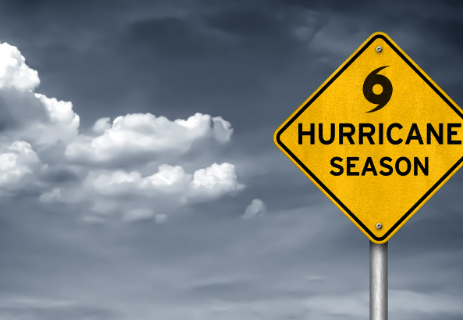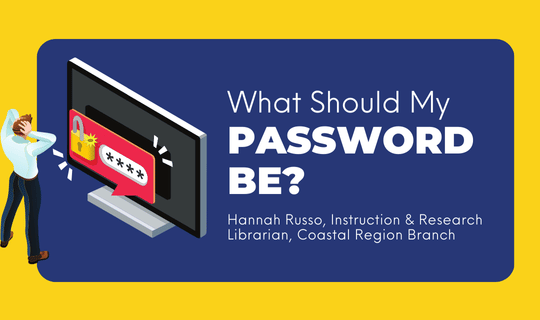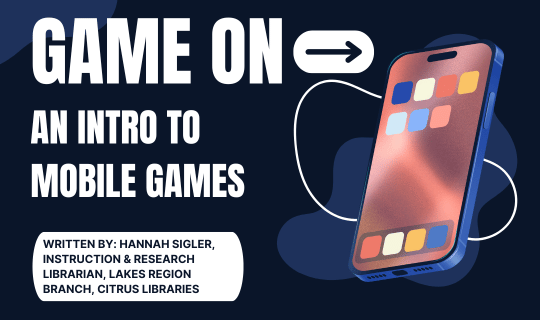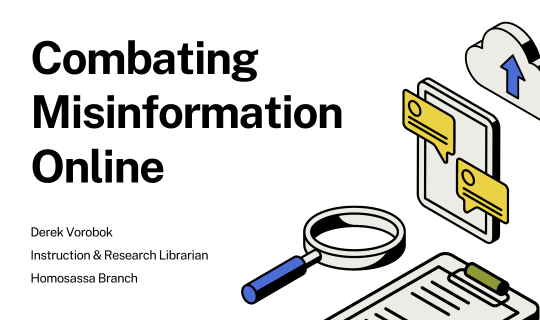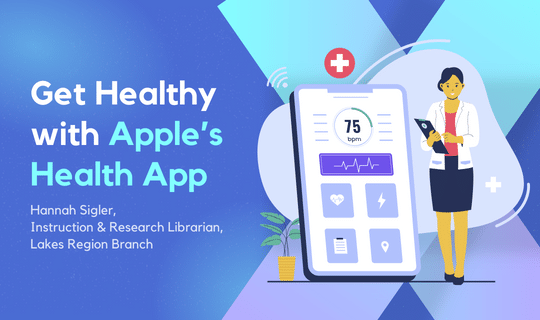Prepare Digitally for a Natural Disaster
According to the National Oceanic and Atmospheric Administration (NOAA), a hurricane is a type of storm called a tropical cyclone, which forms over tropical or subtropical waters. Tropical cyclones that have a maximum sustained surface wind of less than 39 miles per hour are called tropical depressions. Once those sustained winds are 39 miles per hour or higher they become tropical storms, which can have a maximum sustained surface wind upwards of 155mph!
Standard preparation for storms like these include stocking up on things like non-perishable food items, batteries and flashlights, gas or generators, ice, etc., boarding your windows, and possibly even purchasing a generator.
But there are important preparations you should make technologically too. One important tip in hurricane/storm preparation that can be forgotten is to simply unplug electronic devices. Unplugging can help keep your equipment safe in the event of a power surge or if there is a risk of flooding in your area. In the event a flood warning, also consider moving your electronic devices to higher ground in your home.
Another thing you can do is make sure to conserve your battery. Many of us rely on our phones to access information during emergencies. And especially if there are power outages, retaining battery life is essential. In order to make your battery life last longer, you can make the following adjustments in you Settings:
Turn off your WiFi. if you don’t have power, you don’t have WiFi, but your phone will still keep scanning for it, using up battery, unless you turn it off.
Turn off your Bluetooth. In an emergency, Bluetooth is a luxury, not a necessity.
Lower your brightness. The brighter your screen, the more battery it drains.
Turn on Battery Saver or Low Power Mode. Or turn it off entirely between uses.
Only use you phone sparingly for essential functions.
For extended power outages, recharging will eventually become an issue no matter how frugal you are with your battery. A great accessory to have in this case is a car charger. You can buy a traditional car charger that will only serve to charge your phone, or a USB charger that will allow you to plug in a variety of USB cords. Note that for the latter you will need to purchase a USB charging cable for your device to plug into. Both of these chargers can be purchase for less than $10. (If you have a newer vehicle, check to see if you have a USB port built in.)
Alternatively, you might look into purchasing a portable charger, or a cell phone power bank. These are essentially batteries that you can pre-charge and use on the go. The amount of times you can recharge your phone using one of these chargers depends on the size that you buy. Prices typically range from $10-$40.
A power strip is another handy thing to have for storm preparation. Once you can reach a place that has power, a power stirp will enable you to charge several devices at once, saving time and increasing efficiency.
Some final tips for preparing digitally:
Program important phone numbers into your contacts ahead of time, including doctors, pharmacies, etc.
Plan to use text messaging. This helps keep phone lines from being overwhelmed and allows them to stay open for those who may have immediate emergency issues.
Use Social Media to stay informed. Remember to choose your sources wisely! It’s easy to get swept up in rumors during emergency situations. Like and Follow the Citrus County Sheriff’s Department Facebook page for the most current updates.
Scan any important documents and save them electronically in a safe place, either to the cloud or on a flash drive that you can put either in a secure safe deposit box or in another off-site location.
Download any weather, medical, or general information apps ahead of time. Familiarize yourself with their features and settings so you’ll be ready when the time comes.
For more information on how you can prepare digitally for a natural disaster, or find out about our many other resources and programs, stop by one of our branches or visit us at citruslibraries.org.




